The Historical Significance of the Alhambra
The Alhambra, a magnificent palace and fortress complex nestled in Granada, Spain, stands as a beacon of historical significance, embodying the essence of Islamic architecture and culture within Europe. With its mesmerizing beauty and profound historical background, the Alhambra continues to captivate the hearts of visitors worldwide, drawing them into a world of wonder and awe.
Stepping into the Alhambra is like stepping back in time, into an era where Islamic influence in European architecture was at its peak. The unique blend of Islamic and Moorish architectural styles showcased in the Alhambra left an indelible mark on European architecture during the Middle Ages, shaping the cultural landscape of the region for centuries to come.
As a symbol of the illustrious Al-Andalus civilization, the Alhambra stands as a testament to the achievements of a bygone era. It serves as a living museum of the advancements in art, science, and literature that flourished during the Islamic Golden Age in Spain, reflecting the sophistication and grandeur of a civilization at its zenith.
The Alhambra, once the opulent palace of the Nasrid Dynasty, the last Muslim dynasty in Spain, exudes a sense of regal splendor and artistic magnificence. The intricate stucco work, mesmerizing geometric patterns, exquisite tile mosaics, and tranquil gardens within the Alhambra speak volumes about the dynasty's power, wealth, and unwavering commitment to artistic patronage.
The Christian conquest of the Alhambra in 1492 marked a significant turning point in history, signaling the end of Muslim rule in Spain and the dawn of a new era characterized by the fusion of Islamic and Christian artistic influences within the complex. This period of transition laid the foundation for a cultural exchange that continues to resonate within the walls of the Alhambra.
Despite the passage of time, the Alhambra's legacy remains steadfast, thanks to ongoing restoration and preservation efforts aimed at safeguarding this UNESCO World Heritage Site for future generations. These endeavors ensure that the historical significance of the Alhambra endures, allowing visitors to experience its timeless beauty and historical importance firsthand.
Today, as a popular tourist destination, the Alhambra welcomes visitors from across the globe, offering a glimpse into the past while grappling with the challenges of balancing economic benefits with the need to protect the site's cultural and historical integrity. The delicate balance between tourism and preservation underscores the importance of cherishing and respecting the Alhambra's rich heritage.
In conclusion, the Alhambra stands as a living testament to the cultural exchange between Islamic, Christian, and Jewish traditions in medieval Spain, inspiring generations of artists, architects, and historians with its unparalleled beauty and historical significance. Its legacy continues to shine brightly, illuminating the path for future explorations and discoveries in the realm of architectural marvels and cultural heritage.
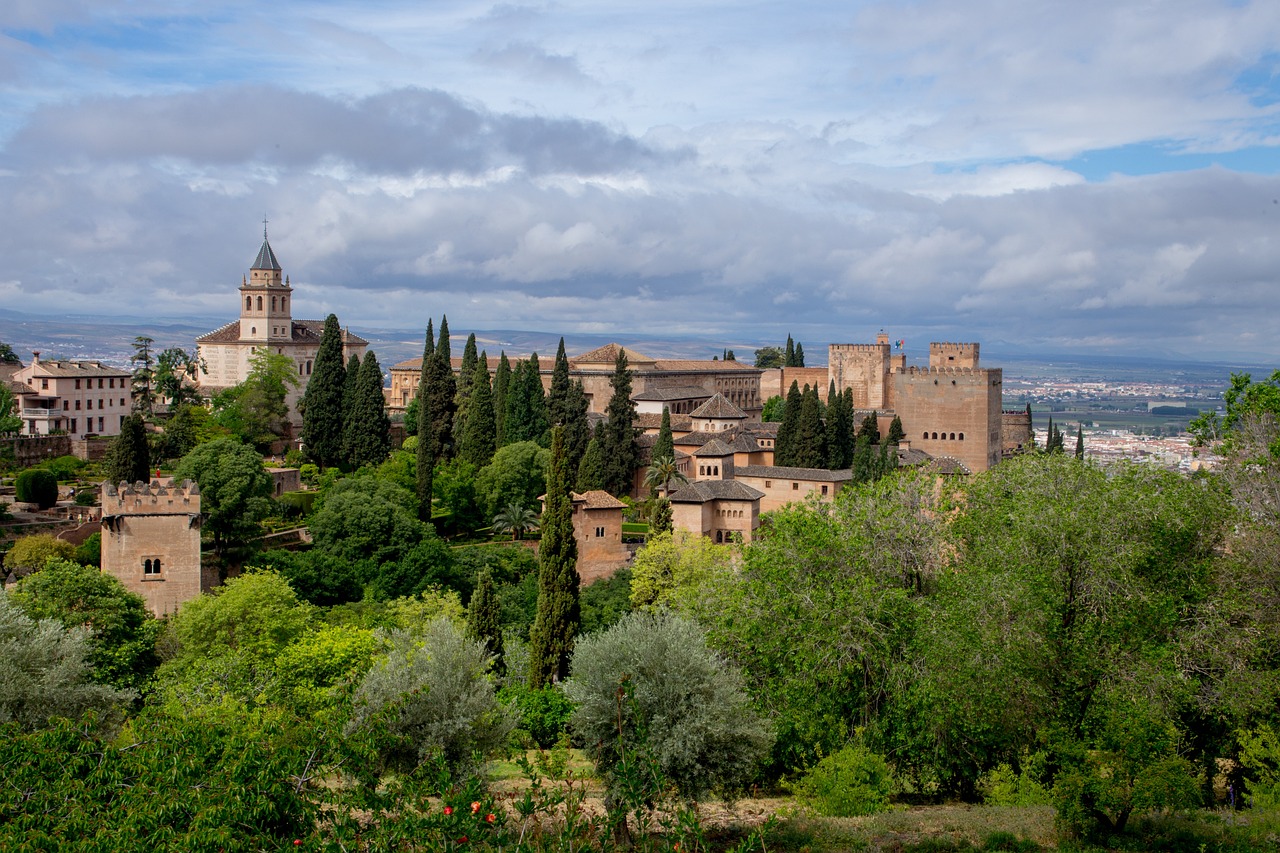
Islamic Influence in European Architecture
The Alhambra, a stunning palace and fortress complex in Granada, Spain, holds immense historical significance as a symbol of Islamic architecture and culture in Europe. Its intricate design and rich history attract visitors from around the world.
Islamic architecture, with its intricate designs and geometric patterns, has had a profound influence on European architecture throughout history. The Alhambra stands as a prime example of this influence, showcasing a unique blend of Islamic and Moorish architectural styles that left a lasting impact on the region's cultural heritage.
Imagine walking through the halls of the Alhambra, surrounded by the intricate stucco work, ornate tile mosaics, and serene gardens that transport you to a different era. The geometric patterns and arabesques adorning the walls serve as a testament to the skilled craftsmanship and artistic vision of Islamic architects.
During the Middle Ages, European architects drew inspiration from the Alhambra's architectural marvels, incorporating elements of Islamic design into their own creations. This cultural exchange enriched European architecture, giving rise to a unique fusion of styles that continues to influence architectural trends to this day.
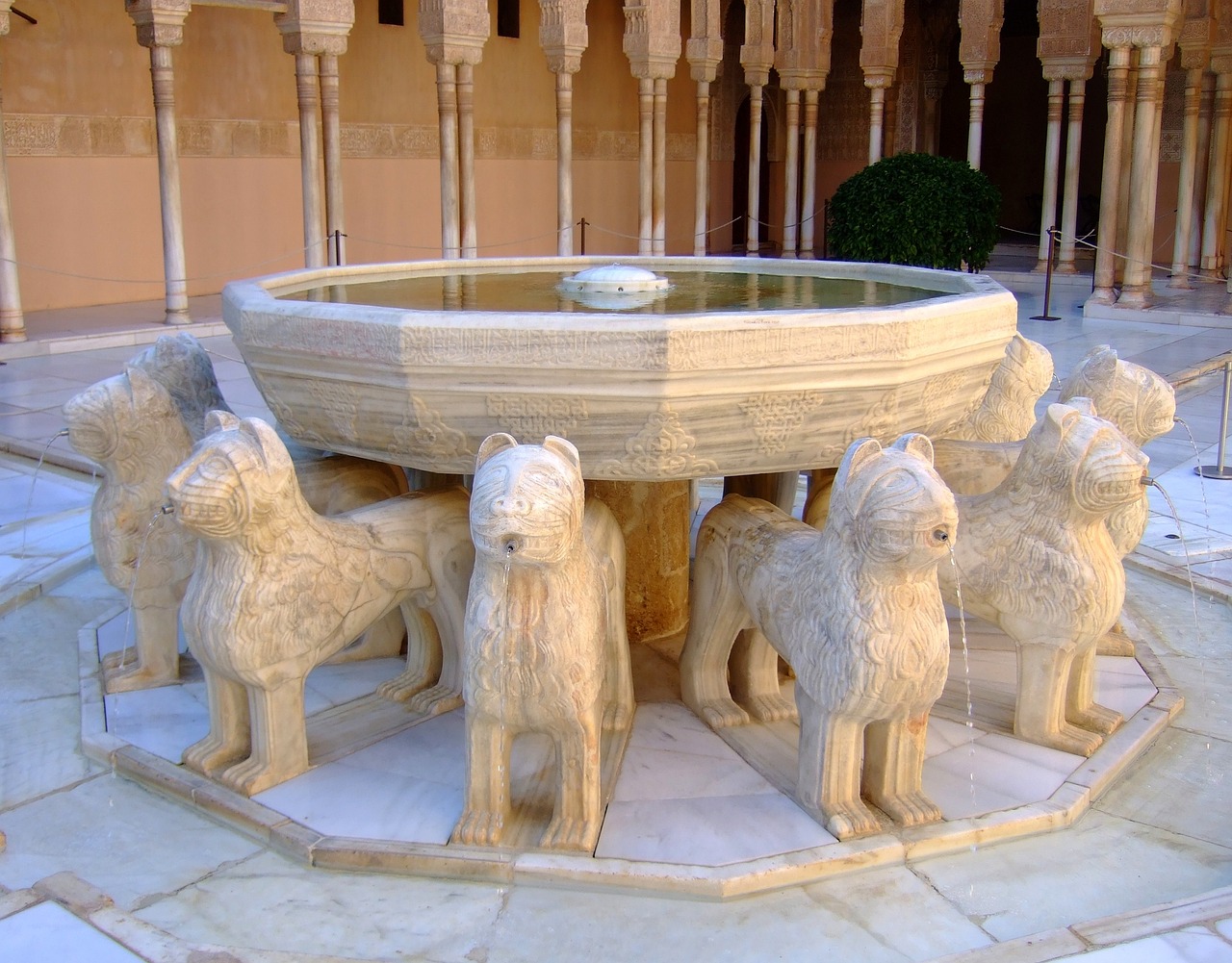
Symbol of Al-Andalus Civilization
The Alhambra, a stunning palace and fortress complex in Granada, Spain, holds immense historical significance as a symbol of Islamic architecture and culture in Europe. Its intricate design and rich history attract visitors from around the world.
Explore how the Alhambra's unique blend of Islamic and Moorish architectural styles influenced European architecture during the Middle Ages, leaving a lasting impact on the region's cultural heritage.
The Alhambra stood as a symbol of the flourishing Al-Andalus civilization, a beacon of the advancements in art, science, and literature achieved during the Islamic Golden Age in Spain. It represented the pinnacle of Islamic culture and intellectual pursuits, showcasing the sophistication and grandeur of the era.
Uncover the history of the Nasrid Dynasty, the last Muslim dynasty in Spain, and their role in constructing the Alhambra as a royal palace that reflects their power, wealth, and artistic patronage.
Delve into the architectural marvels of the Alhambra, including the intricate stucco work, geometric patterns, ornate tile mosaics, and serene gardens that combine to create a breathtaking masterpiece of Islamic art.
Learn about the Christian conquest of the Alhambra in 1492, marking the end of Muslim rule in Spain and the beginning of a new era that saw the blending of Islamic and Christian artistic influences within the complex.
Explore the ongoing restoration and preservation efforts at the Alhambra, aimed at safeguarding this UNESCO World Heritage Site for future generations and ensuring that its historical significance endures.
Examine the impact of tourism on the Alhambra and its surrounding area, considering both the economic benefits and the challenges of managing visitor numbers to protect the site's cultural and historical integrity.
Reflect on the enduring legacy of the Alhambra as a testament to the rich cultural exchange between Islamic, Christian, and Jewish traditions in medieval Spain, inspiring artists, architects, and historians for centuries to come.
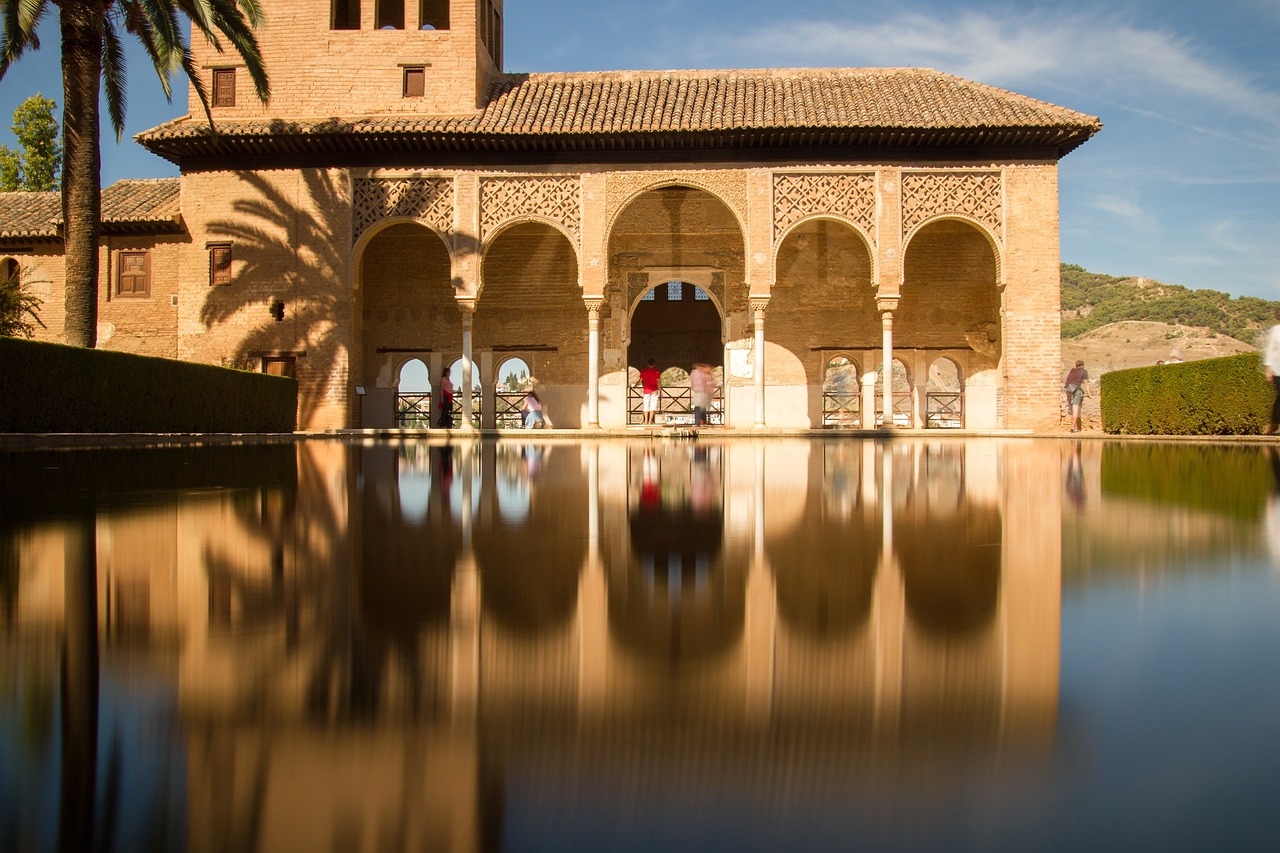
Palace of the Nasrid Dynasty
The Palace of the Nasrid Dynasty stands as a testament to the opulence and grandeur of Islamic architecture in medieval Spain. Built during the Nasrid Dynasty's reign, this magnificent palace within the Alhambra complex showcases the dynasty's wealth, power, and artistic patronage. The intricate details of the palace's design, from the delicate stucco work to the elaborate tile mosaics, reflect the sophisticated taste and cultural richness of the Nasrid rulers.
One of the most remarkable features of the Palace of the Nasrid Dynasty is its intricate geometric patterns that adorn the walls and ceilings, creating a mesmerizing visual spectacle for visitors. The interplay of light and shadow within the palace enhances the beauty of these geometric designs, adding a sense of depth and dimension to the architectural space.
As the last Muslim dynasty in Spain, the Nasrid rulers sought to establish their legacy through the construction of this magnificent palace. The Alhambra served not only as a royal residence but also as a symbol of the Nasrid Dynasty's authority and cultural sophistication. The palace's layout, with its interconnected courtyards, halls, and gardens, reflects the harmonious blend of nature and architecture that was central to Islamic design principles.
Visitors to the Palace of the Nasrid Dynasty can marvel at the intricate carvings and inscriptions that adorn its walls, each telling a story of the dynasty's history and achievements. The use of calligraphy as a decorative element in the palace highlights the importance of language and literature in Islamic culture, showcasing the Nasrid rulers' appreciation for the arts and intellectual pursuits.
Today, the Palace of the Nasrid Dynasty stands as a living testament to the legacy of Islamic Spain, inviting visitors to step back in time and experience the splendor of a bygone era. Its architectural beauty and historical significance continue to inspire admiration and awe, preserving the memory of the Nasrid Dynasty's contributions to the cultural heritage of Spain.
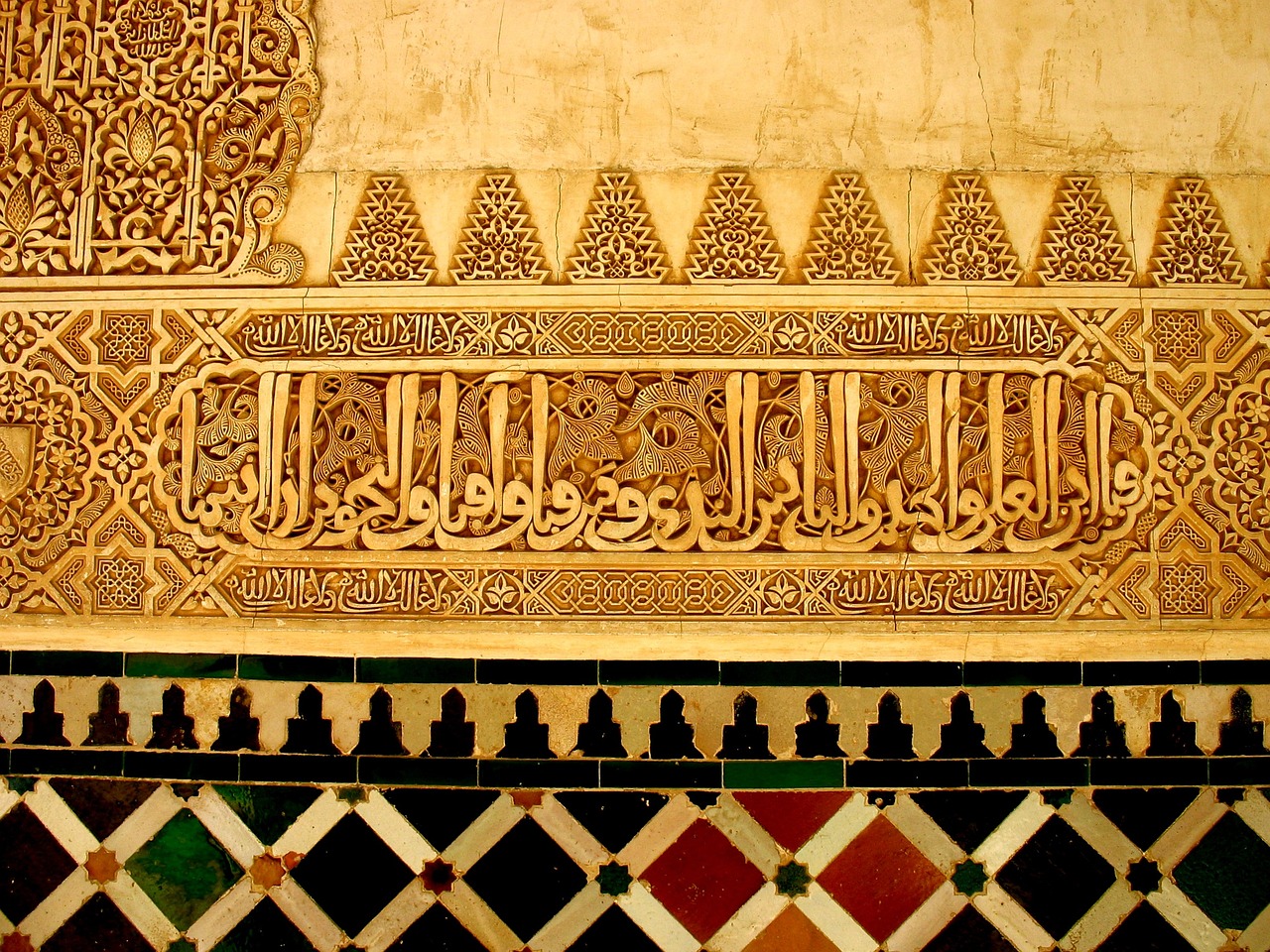
Architectural Marvels of the Alhambra
The Alhambra stands as a true architectural marvel, captivating visitors with its intricate design and breathtaking beauty. One of the most remarkable features of the Alhambra is its exquisite stucco work, which adorns the walls and ceilings of the palace with intricate patterns and geometric designs. The delicate craftsmanship of the stucco work reflects the skill and artistry of the artisans who created it, showcasing the mastery of Islamic art.
Another highlight of the Alhambra's architecture is the ornate tile mosaics that adorn many of its surfaces. These vibrant and colorful mosaics feature intricate patterns and designs, adding a touch of elegance and sophistication to the palace. The use of tile mosaics in Islamic art is a testament to the rich tradition of decorative arts in the Islamic world, and the Alhambra's mosaics are a stunning example of this craftsmanship.
The Alhambra is also renowned for its serene gardens, which provide a peaceful oasis amidst the grandeur of the palace. The gardens are meticulously designed, with lush greenery, colorful flowers, and soothing fountains creating a harmonious and tranquil atmosphere. Walking through the gardens of the Alhambra is a sensory delight, offering visitors a moment of respite and reflection in the midst of the architectural splendor.
Furthermore, the architectural layout of the Alhambra is a testament to the ingenuity and vision of its creators. The complex is designed with careful attention to symmetry and proportion, creating a sense of harmony and balance throughout the palace. The interplay of light and shadow in the various courtyards and halls of the Alhambra adds depth and dimension to the architectural space, enhancing the overall aesthetic appeal of the complex.
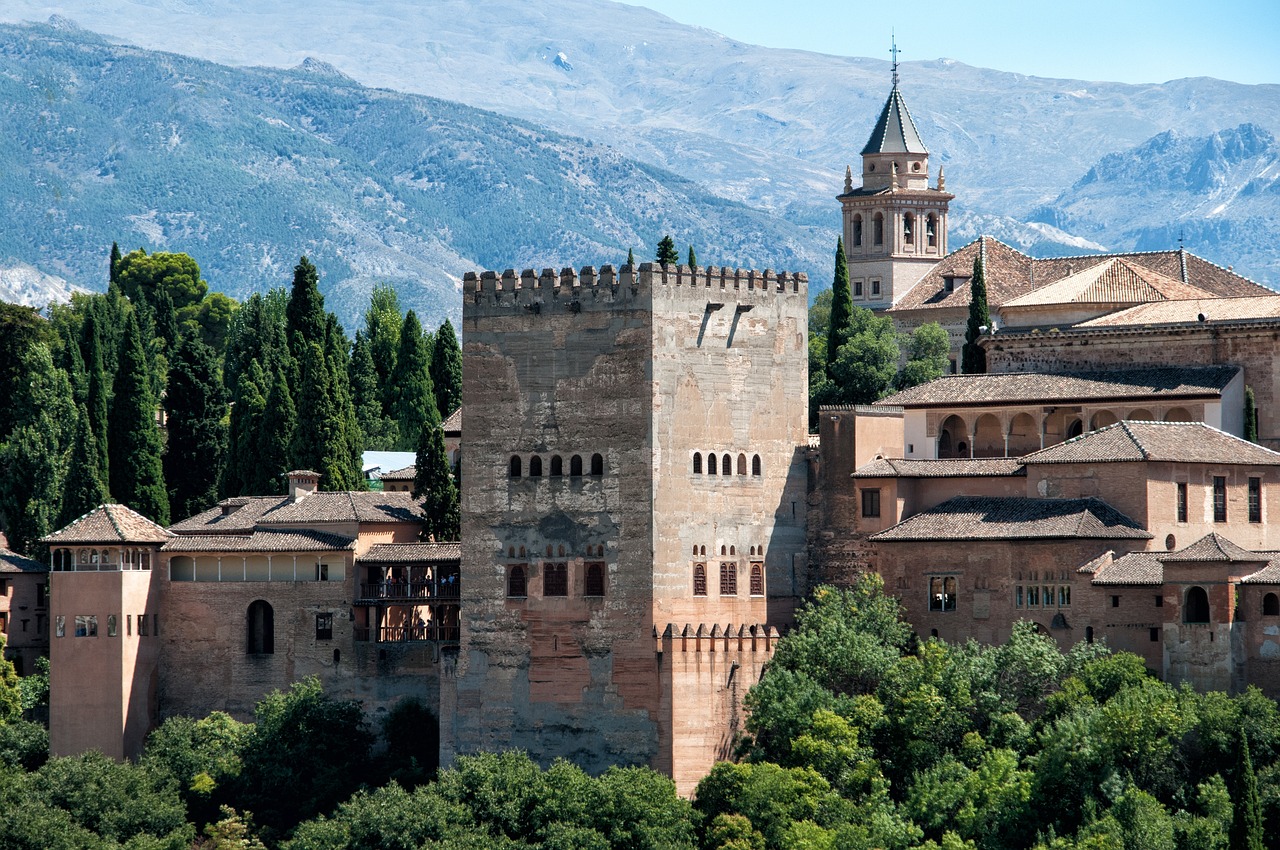
Christian Influence and Reconquista
When exploring the historical significance of the Alhambra, one cannot overlook the Christian influence and the pivotal event of the Reconquista. In 1492, the Catholic Monarchs, Ferdinand II of Aragon and Isabella I of Castile, conquered the Alhambra, marking the end of Muslim rule in Spain. This significant event not only symbolized the culmination of the Reconquista, the Christian reconquest of the Iberian Peninsula, but also ushered in a new era of cultural exchange and artistic fusion within the walls of the Alhambra.
The Christian influence on the Alhambra is evident in the subsequent modifications and additions made to the complex after the Reconquista. Christian rulers repurposed some areas of the palace and fortress, blending Islamic architectural elements with Christian motifs and styles. This cultural synthesis can be seen in the transformation of the Alhambra's original mosque into a royal chapel, known as the Church of Santa Maria, showcasing the harmonious coexistence of Islamic and Christian artistic traditions.
Furthermore, the Reconquista not only marked a shift in political power but also led to the preservation and appreciation of Islamic art and architecture within the Alhambra. Christian monarchs recognized the beauty and historical significance of the complex, choosing to preserve its intricate details and unique features rather than demolishing them. This decision to embrace and integrate Islamic influences into the Christian aesthetic contributed to the preservation of the Alhambra as a cultural treasure that transcends religious boundaries.
As visitors wander through the halls and gardens of the Alhambra today, they witness a testament to the complex history of medieval Spain, where Islamic, Christian, and Jewish cultures intersected and influenced each other. The Christian influence and the legacy of the Reconquista serve as reminders of the enduring impact of cultural exchange and artistic collaboration, shaping the identity of the Alhambra as a symbol of unity in diversity.
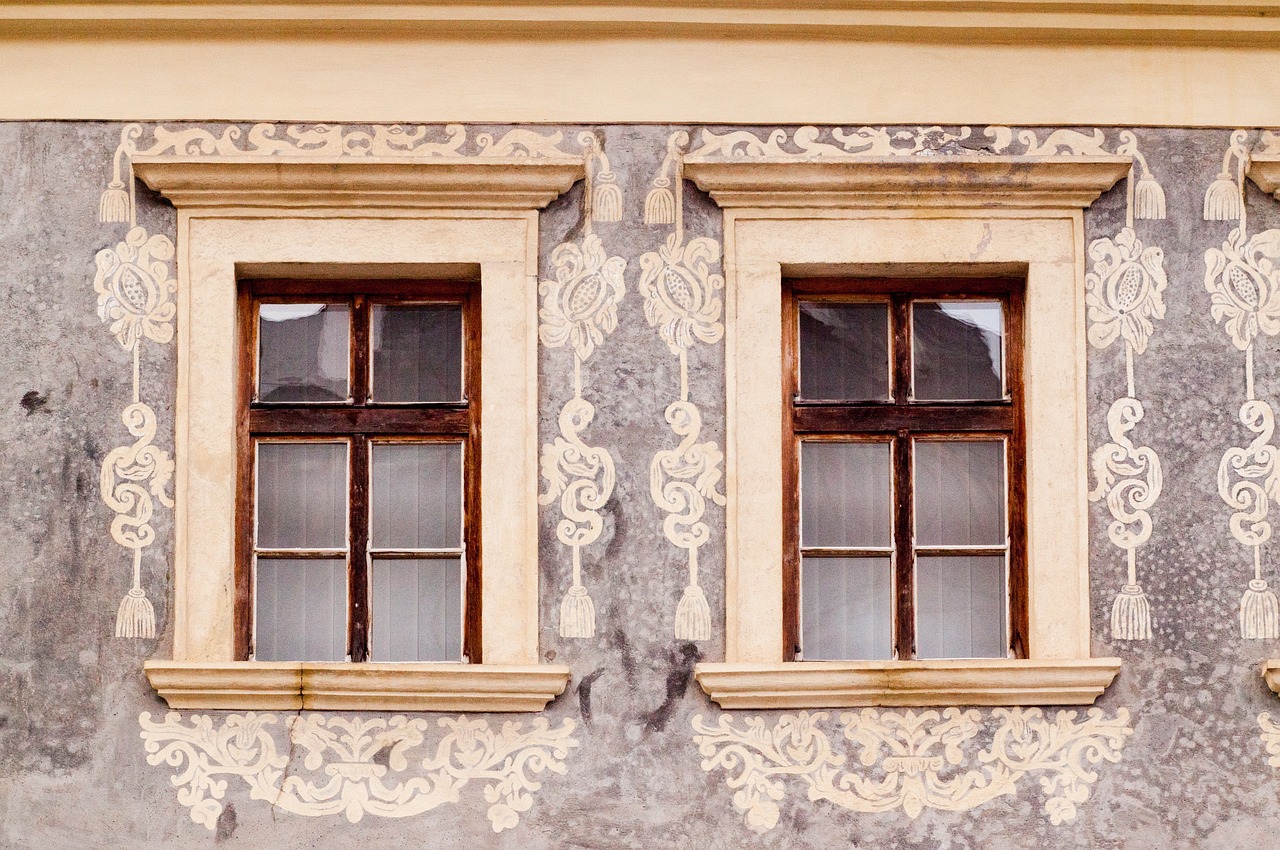
Restoration and Preservation Efforts
Restoration and preservation efforts at the Alhambra are crucial to maintaining this architectural gem for future generations. The intricate stucco work, delicate tile mosaics, and lush gardens require meticulous care to prevent deterioration and preserve their beauty. The ongoing restoration projects focus on repairing damage caused by natural elements and the wear of time, ensuring that the Alhambra retains its splendor.
One of the key challenges in the preservation of the Alhambra is striking a balance between conservation and accessibility. While it is essential to protect the site from over-tourism and environmental factors, it is also important to allow visitors to experience and appreciate its historical and cultural significance. Preservation efforts aim to find this delicate balance, implementing measures to limit the impact of tourism while still welcoming visitors to explore this architectural marvel.
Experts in conservation work tirelessly to study the materials and techniques used in the construction of the Alhambra to ensure that restoration efforts are authentic and respectful of its original design. By employing traditional craftsmanship and modern technology, conservators strive to safeguard the intricate details and structural integrity of the palace and fortress complex.
Furthermore, educational programs and public outreach initiatives play a vital role in raising awareness about the importance of preserving the Alhambra. By engaging local communities and visitors in discussions about heritage conservation, these efforts aim to instill a sense of stewardship and responsibility towards this historical treasure.
In addition to physical restoration, efforts are also underway to digitize and document the Alhambra's architecture and history. By creating digital archives and virtual tours, researchers and enthusiasts worldwide can access and appreciate the beauty and significance of the Alhambra, furthering its legacy beyond its physical boundaries.

Tourism and Cultural Impact
Tourism plays a vital role in the cultural impact of the Alhambra, attracting millions of visitors each year to marvel at its beauty and historical significance. The influx of tourists brings economic benefits to the region, supporting local businesses and creating job opportunities. However, the high volume of visitors also poses challenges in preserving the site's cultural and historical integrity.
Managing the impact of tourism on the Alhambra requires a delicate balance between accessibility and conservation. Measures such as limiting daily visitor numbers, implementing timed entry tickets, and enhancing visitor education on the importance of respecting the site's heritage are crucial in safeguarding the Alhambra for future generations.
Furthermore, the cultural impact of tourism extends beyond the walls of the Alhambra, influencing the local community and shaping the identity of Granada as a city rich in history and heritage. The presence of tourists contributes to the vibrant cultural scene of the region, fostering a greater appreciation for the legacy of Al-Andalus and the interplay of diverse cultural influences in Spain.

Legacy of the Alhambra
The legacy of the Alhambra transcends time, serving as a timeless symbol of cultural exchange and artistic innovation in medieval Spain. This architectural marvel stands as a testament to the harmonious coexistence of Islamic, Christian, and Jewish traditions, showcasing the blending of diverse influences to create a masterpiece of unparalleled beauty and historical significance.
Through its intricate stucco work, mesmerizing geometric patterns, and elaborate tile mosaics, the Alhambra embodies the creativity and craftsmanship of the artisans who meticulously crafted every detail. The serene gardens within the complex offer a peaceful retreat, inviting visitors to immerse themselves in the tranquility and beauty of Islamic art and architecture.
Artists and architects throughout history have drawn inspiration from the Alhambra, marveling at its architectural splendor and cultural richness. The legacy of the Alhambra lives on in the works of those who have been captivated by its beauty, influencing generations of creatives to explore the fusion of artistic styles and cultural influences.
As a beacon of cultural heritage, the Alhambra continues to inspire admiration and awe, drawing visitors from around the globe to witness its timeless beauty and historical significance. Its legacy serves as a reminder of the enduring impact of cultural exchange and artistic collaboration, transcending borders and bridging diverse traditions.
Frequently Asked Questions
- What is the historical significance of the Alhambra?
The Alhambra holds immense historical significance as a symbol of Islamic architecture and culture in Europe. It showcases a unique blend of Islamic and Moorish architectural styles that influenced European architecture during the Middle Ages.
- Why is the Alhambra considered a symbol of the Al-Andalus civilization?
The Alhambra served as a symbol of the flourishing Al-Andalus civilization during the Islamic Golden Age in Spain. It reflects the advancements in art, science, and literature achieved by Islamic culture in the region.
- What are some architectural marvels of the Alhambra?
The Alhambra features intricate stucco work, geometric patterns, ornate tile mosaics, and serene gardens that combine to create a breathtaking masterpiece of Islamic art. These elements showcase the rich artistic heritage of the Nasrid Dynasty.
- How did the Christian conquest impact the Alhambra?
The Christian conquest of the Alhambra in 1492 marked the end of Muslim rule in Spain. This event led to a blending of Islamic and Christian artistic influences within the complex, reflecting a new era in the region's history.
- What efforts are being made to preserve the Alhambra?
Ongoing restoration and preservation efforts are aimed at safeguarding the Alhambra as a UNESCO World Heritage Site. These initiatives ensure that the historical significance of the site endures for future generations to appreciate.



















